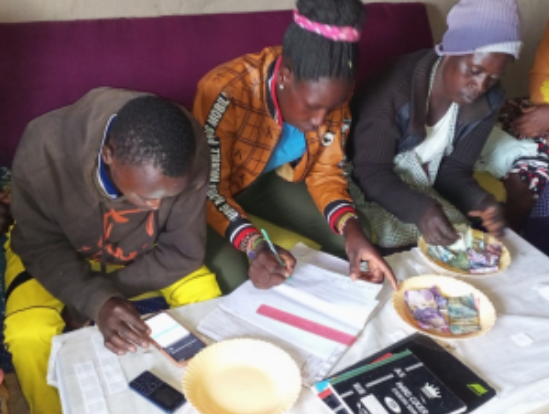When women in savings groups gain access to reliable, affordable credit, the benefits ripple outward—to their families, their communities, and their local economies. But most formal financial systems weren’t built with women or community-based groups in mind.
In this blog, CARE and partners outline six steps for building inclusive financial ecosystems that work for both VSLA members and financial institutions:
- Assess digital readiness to ensure VSLA members are equipped for digital finance
- Map and segment the market to understand diverse group needs
- Co-design products with women to reflect their goals and realities
- Build trust between groups and financial institutions
- Strengthen partnerships across the digital finance ecosystem
- Promote enabling policies that remove systemic barriers
These steps not only help women access capital—they also allow banks and fintechs to reach a high-trust, low-risk customer base with enormous potential.
Read the full article on FinDev Gateway:
Six Steps to Unlock Formal Credit Through VSLAs



